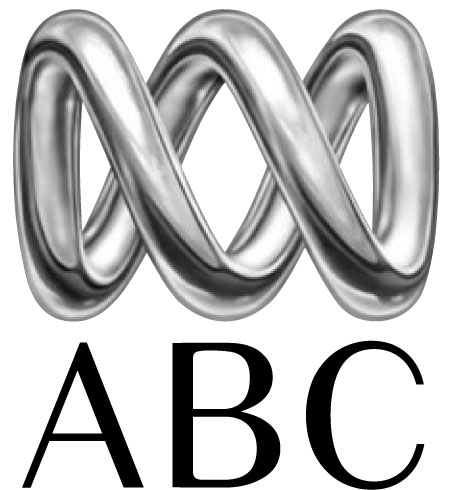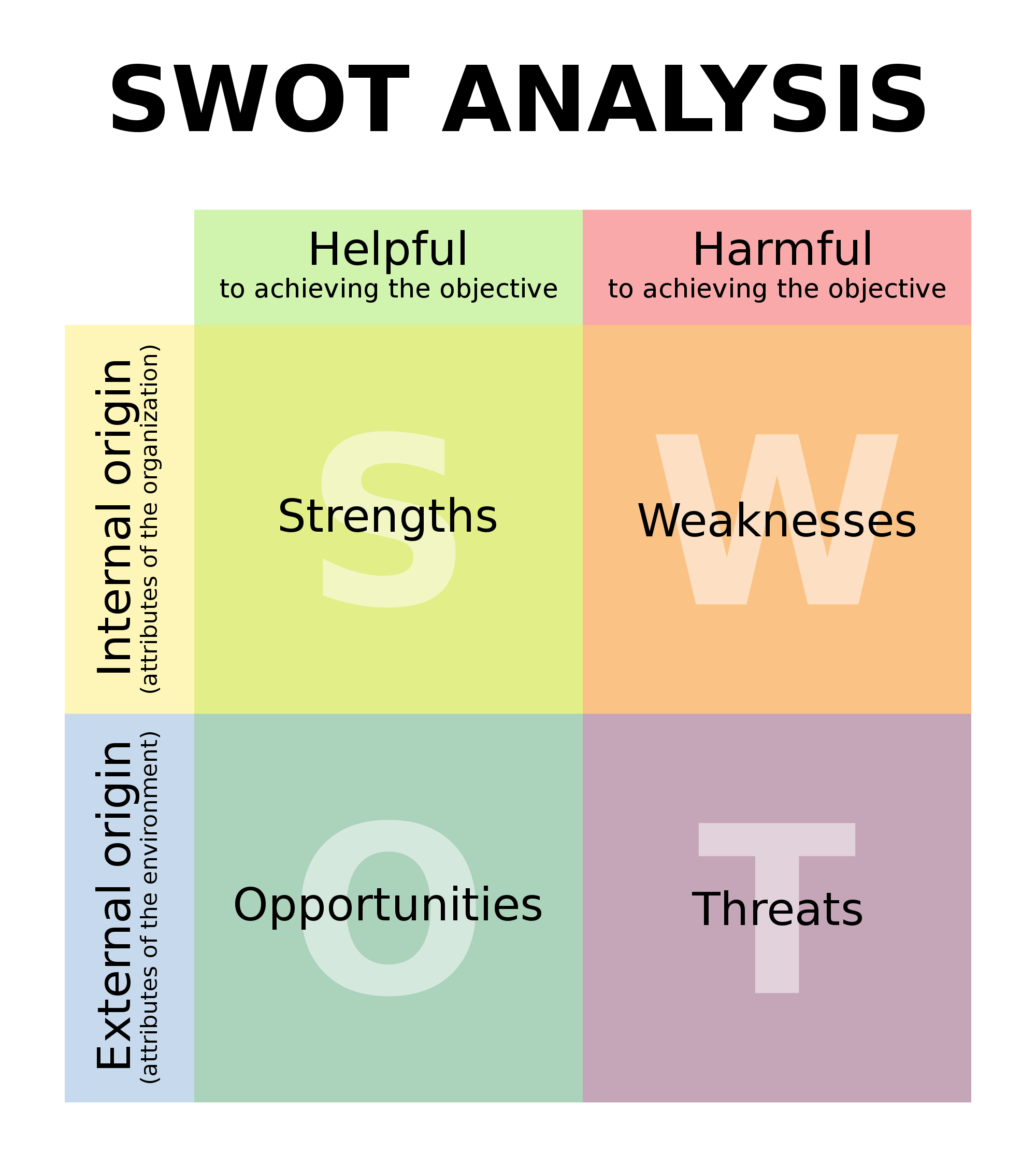Just a heads up – this is going to be a boring post. Read at your own discretion – you’ve been warned.
__________________________________________________________________________________
Bakhurst, K. (2011), ‘How has social media changed the way newsrooms work?’, United Kingdom, BBC
This article explores both the positive and negative potential that social media has on the way news institutions operate when gathering and distributing news, and also changing the way news institutions communicate with their audience. Bakhurst suggests a number of positive contributions social media will bring in, such as; improved gathering and distribution of news, improved audience engagement and bringing the news onto new platforms such as mobiles and computers. Bakhurst also recognizes that social media does have some negative impacts at play, such as; trashing the foundations of traditional media by eliminating the privacy, ethics, and other factors that traditional media was so well known for.
This article is great at giving an insight of how a huge media institution; such as BBC, has been affected by social media. Bakhurst referencing is minimal however, as there is little evidence in the article supporting his claims. However, this can be overlooked due to the fact that Bakhurst was the deputy head of BBC newsroom at the time of writing, so it may be safe to assume that all his claims are factual. Due to his position, the article is not useful for exploring the effect social media has had on media institutions as a whole. This article solely focuses on the BBC. What is great about the article on the other hand, is that it explores both sides of social media’s effects on media institutions, rather than focusing on one.
This article is relevant to both questions that our group is posing for our video/audio essays. The information that Bakhurst provides on both the positives and negatives on social media can be used to give an objective answer to our essay. With the article being solely focused on a single media institution, this gives us the ability to look at the current situation of media institutions on a micro-level.
__________________________________________________________________________________
Newman, N. (2009), ‘The rise of social media and its impact on mainstream journalism’, Oxford, England, Reuters Institute for the Study of Journalism, pp. 24-31
This article explores the way social media influences the way news is reported through the use of real examples such as; the G20 protests and the Iranian street protests. It uses these examples to emphasize the strengths and weaknesses of using user-generated content in their professional journalism. Newman suggests strengths such as; faster news gathering, increased leads on stories, accumulation of credit within outside communities such as Twitter, and also the ability to communicate raw unfiltered information despite the restriction on access to information that Iran imposes. On the other hand, he also states the weaknesses; huge amount of noise and false information, minimal balance – often with stories being one-sided, and a number of errors in user-generated content.
This article shows us a real-life example of how social media has influenced media institutions, rather than just simply telling us how its been influenced. It address the issue objectively, using different perspectives. It also uses a large number of references in its writing, which points to the article being highly accurate and truthful. Use of imagery is also commonly seen in this article, which helps to paint the picture in the reader’s mind, and also provide visual evidence of Newman’s statements.
This article will be extremely helpful in providing real-life context in terms of the changes institutions have had to undergo due to social media. It is also relevant for both questions posed by our video/audio essays. Due to the multiple perspectives the article imposes on the reader, it will be great for providing the most objective and accurate answer we can possible provide.
__________________________________________________________________________________
James, K. (2014), ‘Making broadcasting more social’, onMedia
This blog post talks about the need for traditional media institutions to adapt their organisation towards using social media as a tool. He argues that institutions don’t use social media enough, except for a few key players such as Al Jazeera and BBC. He states the ways in which successful media institutions implement the use of social media in their organisation. He also states the implementation of social media is a must if an institution wishes to continue to survive in the industry.
This article has more weakness than strengths. The first weakness is that it does not cite its references. It does reference it’s quotes in the article itself, but there is no citation at the end, which some may perceive to be less credible. Also, it uses very little evidence from credible sources to back up its arguments. On the other hand, James does use a number of anecdotal evidence in his arguments. As a freelance journalist, this can provide some very specific insight from an individual in the industry, rather than a whole institution. He also does provide a short, simple methodology to implementing social media at all stages of production of traditional media. Finally, he does use some examples for large media institutions that have implemented social media successfully.
Relative to the other articles found, this article probably has the least usefulness when it comes to providing an objective and accurate answer to the questions our video/audio essays pose. However, it is important not to overlook it simply because it’s not from a well-known individual/organisation. The anecdotal evidence from a single individual may come in handy – but if it does, it will probably be used to a minimum.
__________________________________________________________________________________
Corcoran, L. (2015), ‘Five ways broadcasters are using social media’, Newswhip
This blog post talks about the specific ways social media is implemented by several large media institutions. It gives insight on how social media is used, and for what purpose or objective. Corcoran lists five reasons, all while giving visual evidence to support his claims. He also argues that broadcasters on social media do a lot more than ‘repackaging video clips’.
Like the other article, this post doesn’t have as much credibility as the articles that have citations that backup their claims. However, this article does a great job in providing evidence to its claims without the use of citations. Also, it is written by the head of communications at NewsWhip, who often has his analysis and opinions published on BBC, Business Insider and Huffington Post. His use of visual evidence after every one of his listed techniques shows that he isn’t just making all his information up.
This article will be very useful in showing the different techniques that long-standing media institutions use when implementing social media in their traditional media culture. While the other articles I have talk about the change that social media has imposed on traditional media institutions on a micro and macro level, this article solely talks about the methods in which it is used.
__________________________________________________________________________________
Mitchell, A. Rosenstiel, T. Christian, L. (2012), ‘What Facebook and Twitter mean for news’, Pew Research Center
This article is about the misconceptions of the power of social media as a news telling platform. It argues against the common statement that social media outlets – such as Facebook and Twitter, are replacing long standing institutions for news. Most of its evidence is sourced from three separate surveys, which emphasize the fact that news is still prevalent on websites owned by institutions.
This article is interesting because it provides an argument from a different perspective. Whilst most of the articles gathered state that social media is taking over, and news institutions need to implement social media or else they risk becoming irrelevant – this article on the other hand states that social media isn’t as important or powerful as people think. However, the article was published in 2012, meaning it is a bit outdated. Whether or not the statistical evidence used is still relevant is a big factor of importance. That aside, the article uses a large amount of statistical evidence to back up its statements.
This article will be useful in providing a rebuttal or counter-argument against the common conception that social media is the king in news gathering and distribution. It will play a pivotal role in arguing that social media isn’t as important as the other article dictate, but again, it’s publication year will have to be factored in, lessening its credibility.
__________________________________________________________________________________
Stassen, W. (2010), ‘Your news in 140 characters: exploring the role of social media in journalism’, Global Media Journal, Vol.4, pp. 116-131
This article talks about the role social media has within journalism in today’s context, and also it’s context in the future. It states that social media is used to distribute information, act as a source of story ideas and information, provide feedback from users, serve as a platform to promote institutions and help build a community. On the other hand, it argues that social media will never replace traditional journalism, as they produce very different outcomes.
This article seems to be extremely credible, as it references and cites a multitude of different referees.
This article will definitely be useful in adding towards our answer for the questions that our video/audio pose. Because it provides both benefits and negatives of social media, it can help to provide a more objective result.
Most articles I gathered talk about the ways in which long-standing institutions have had to implement social media in order to stay relevant with their audiences. However, one article I found talks about this in a more specific way, by using actual events and basing their arguments around these events.








